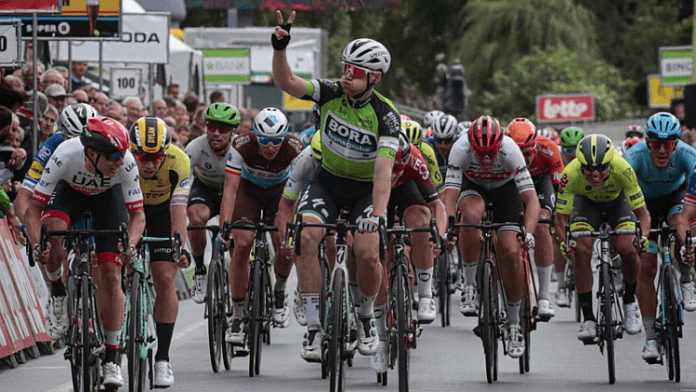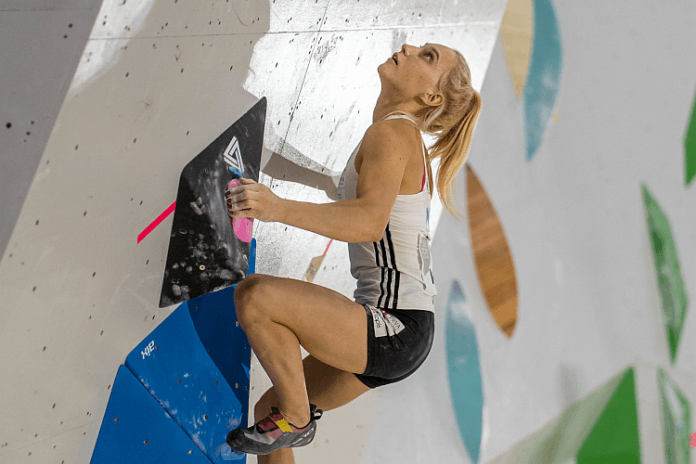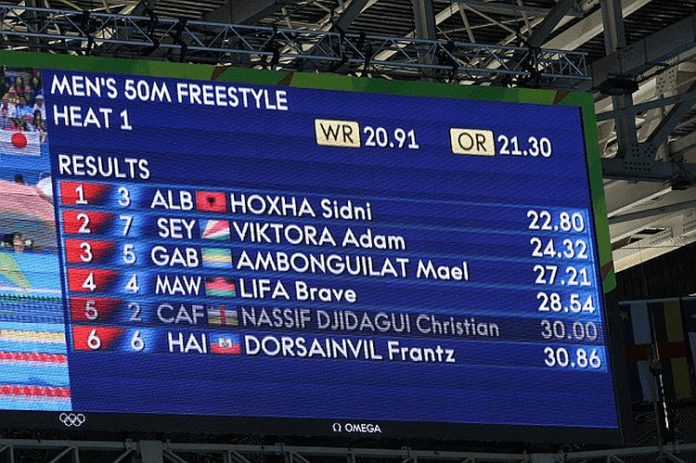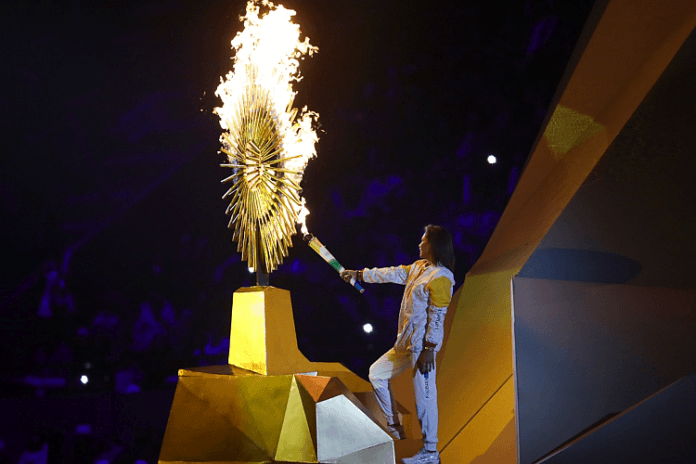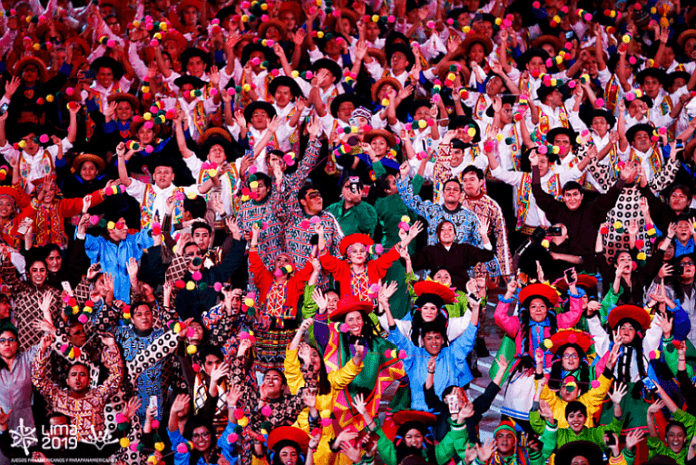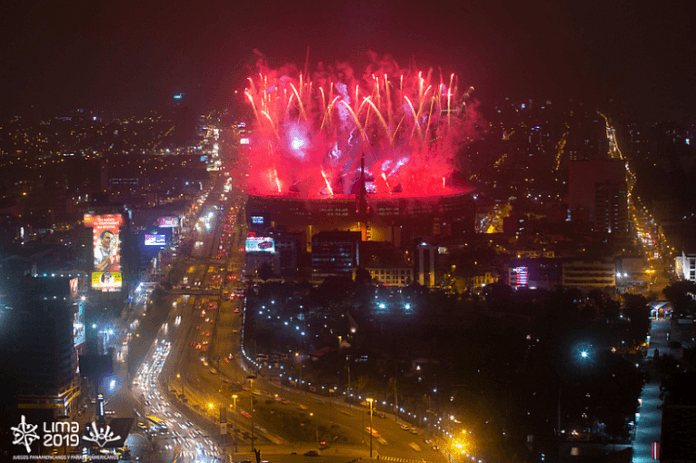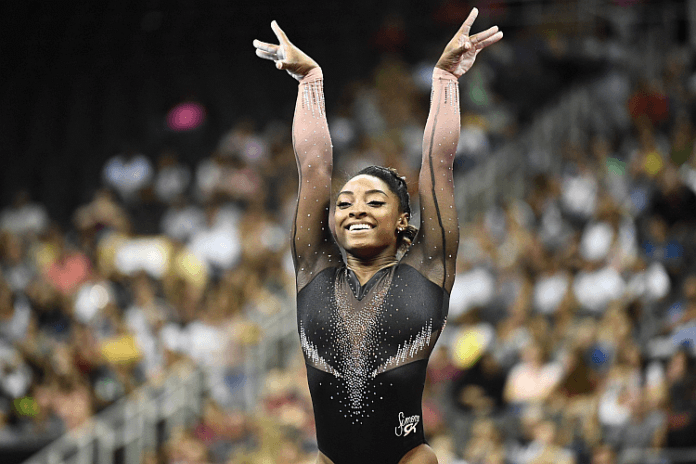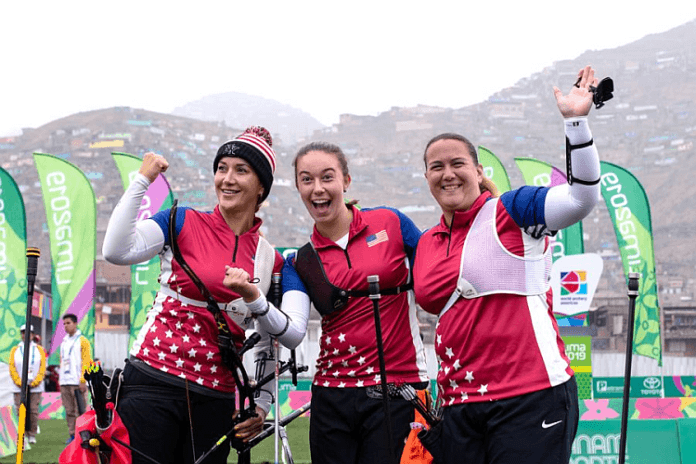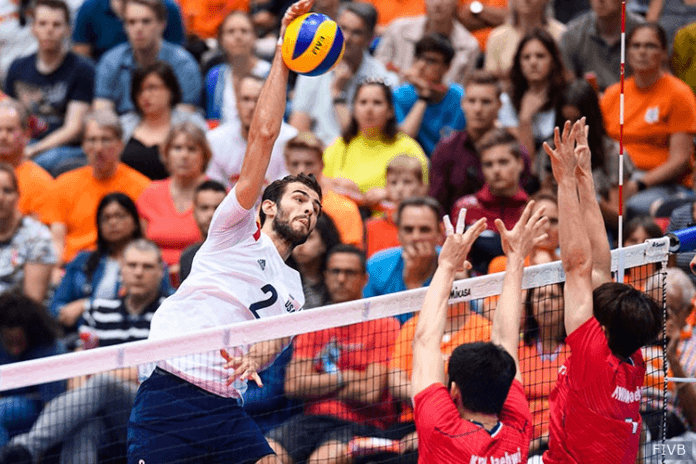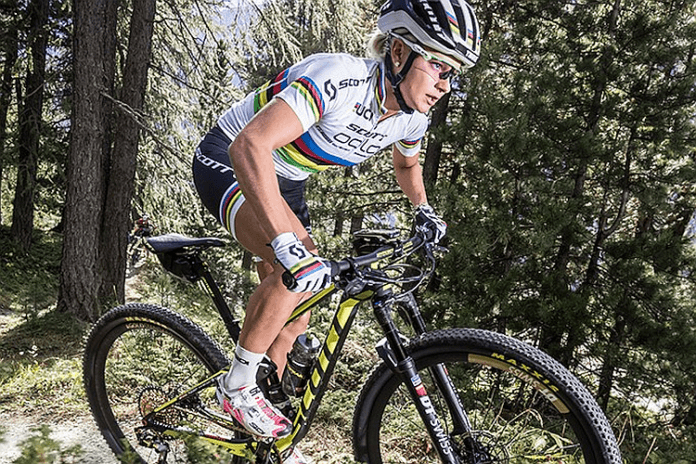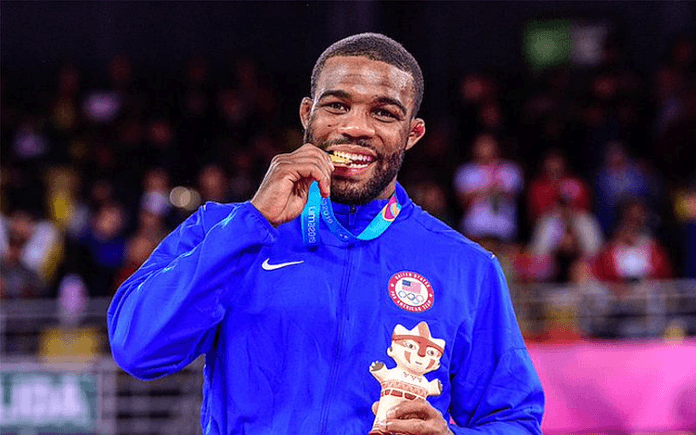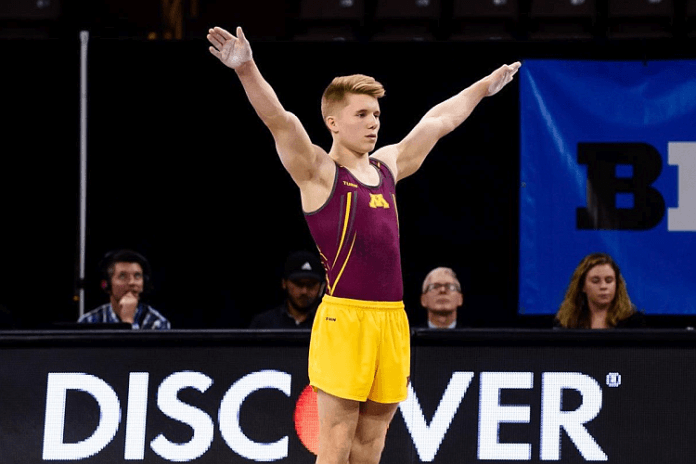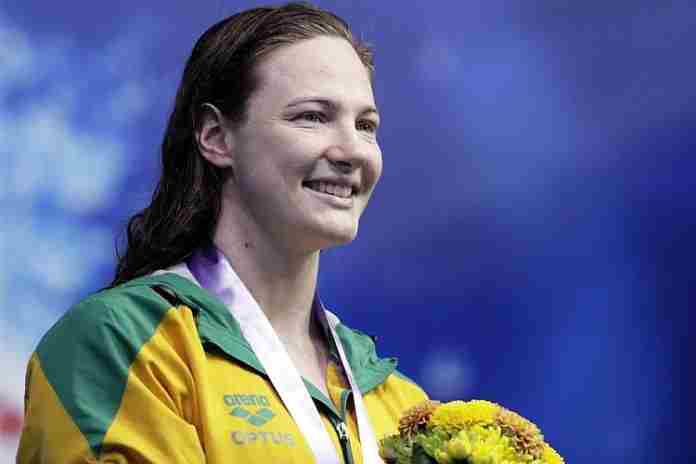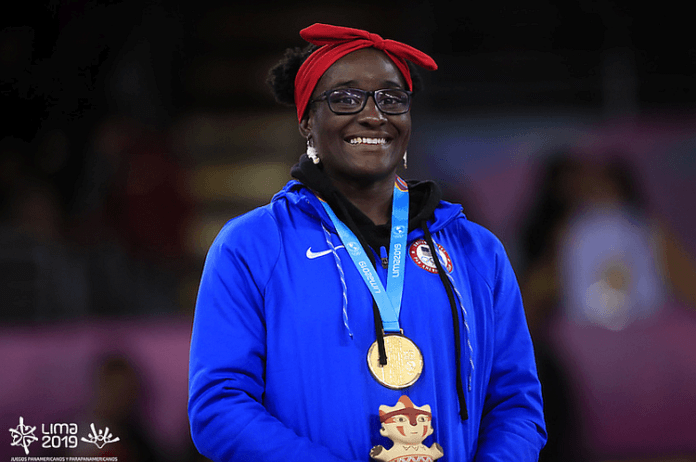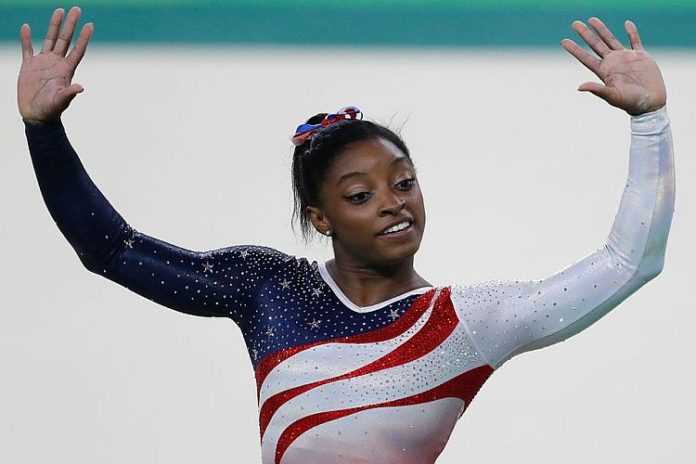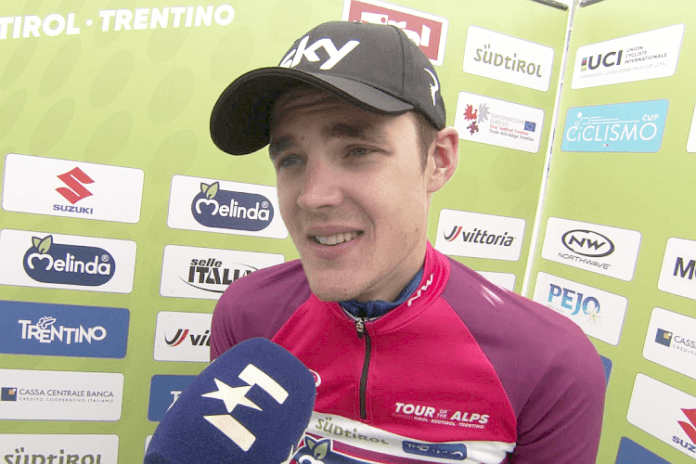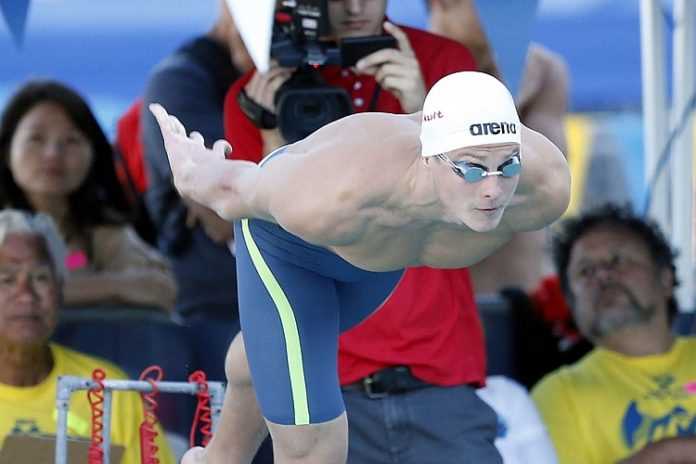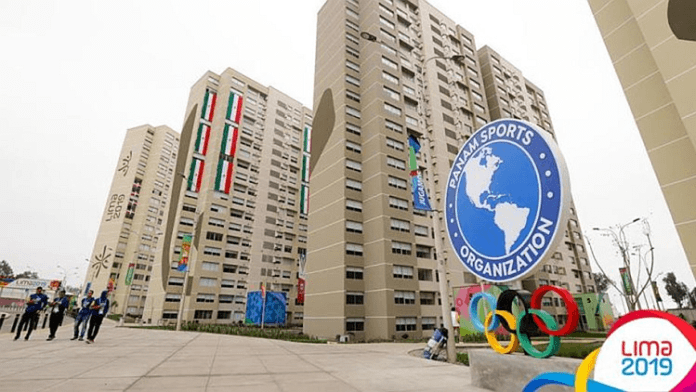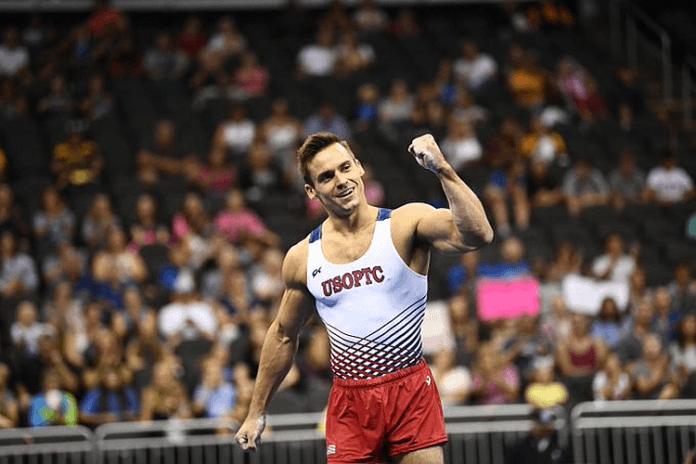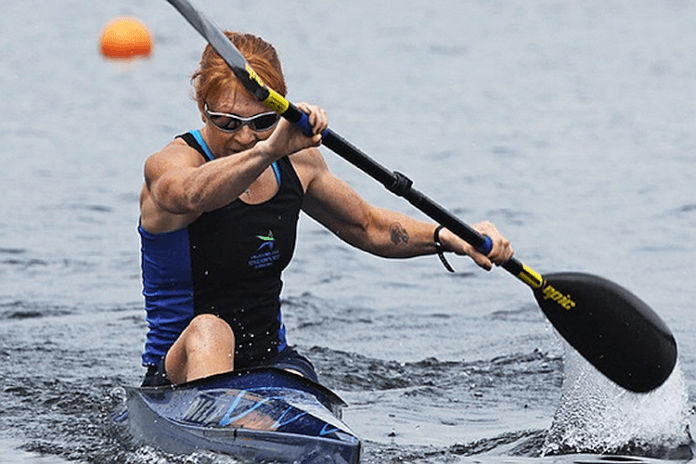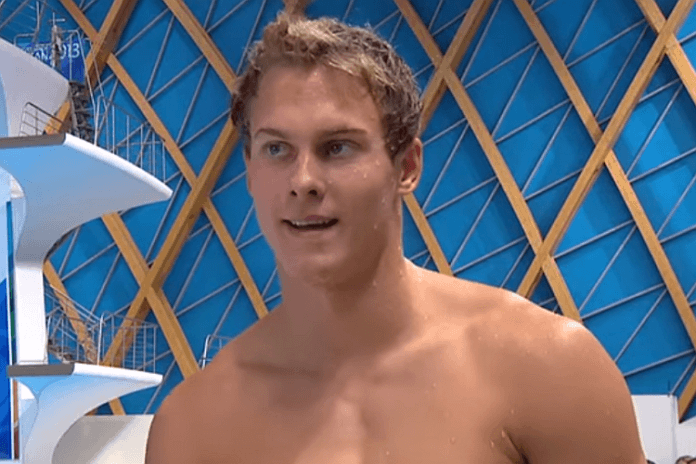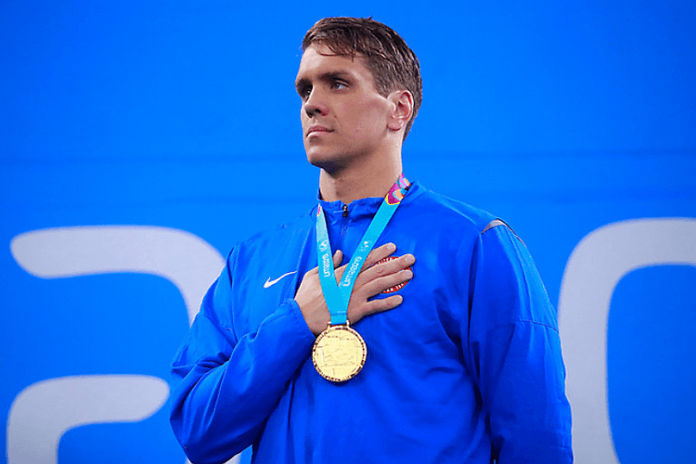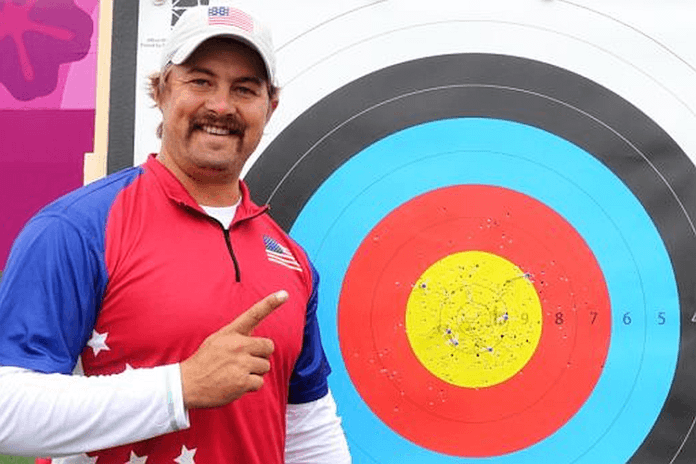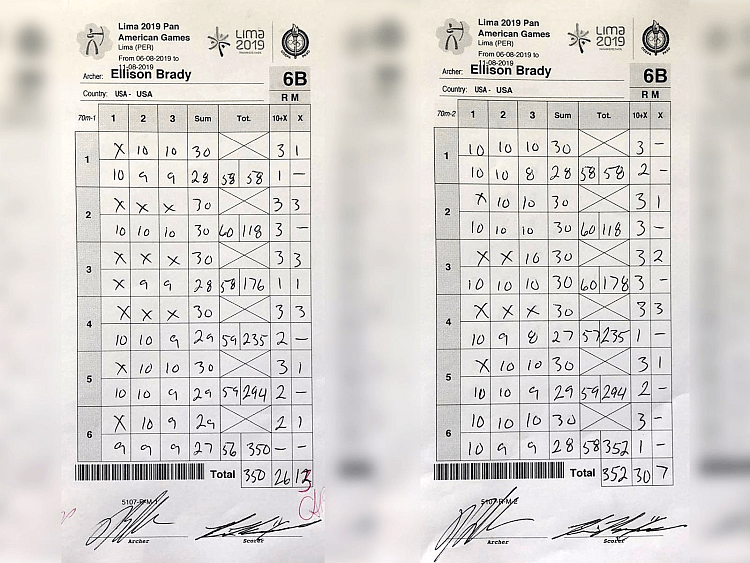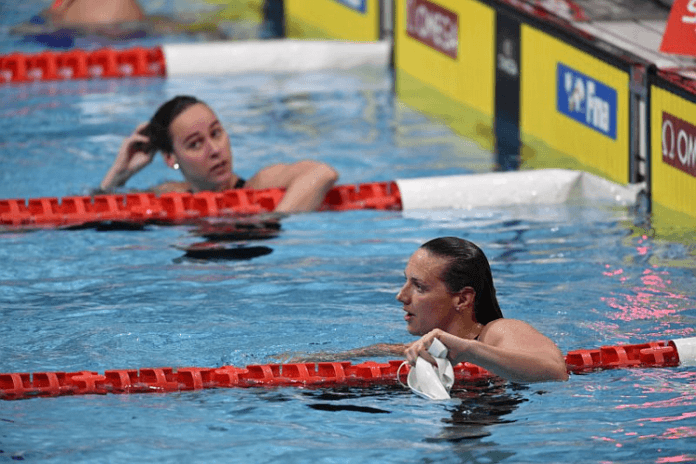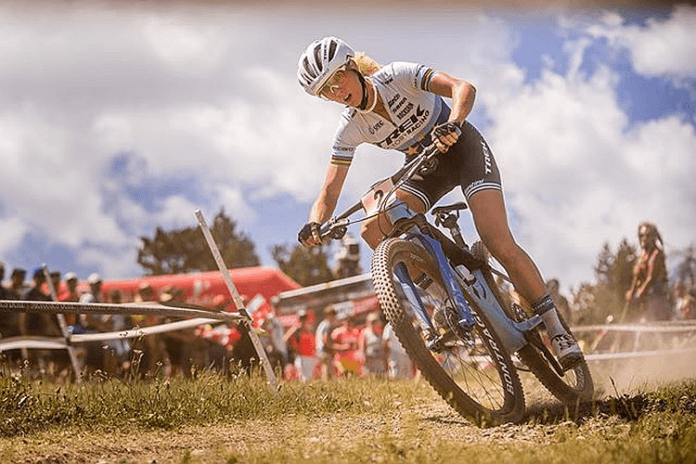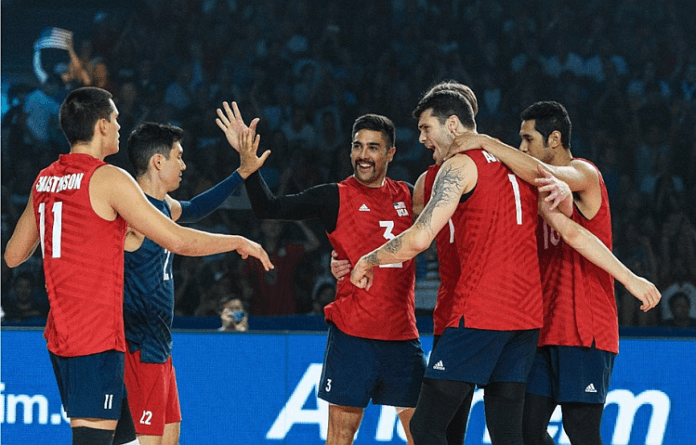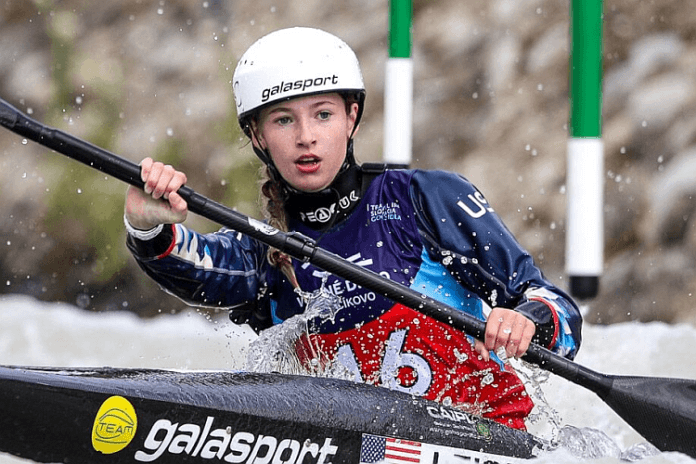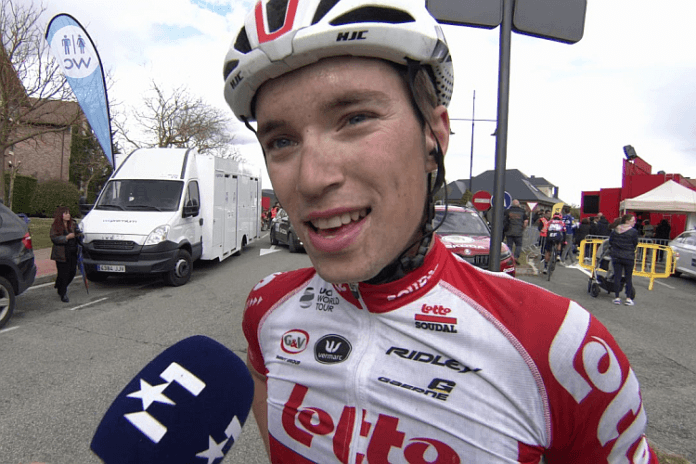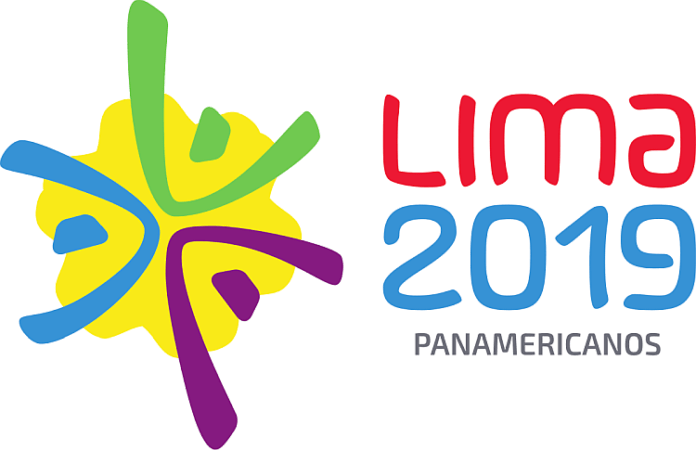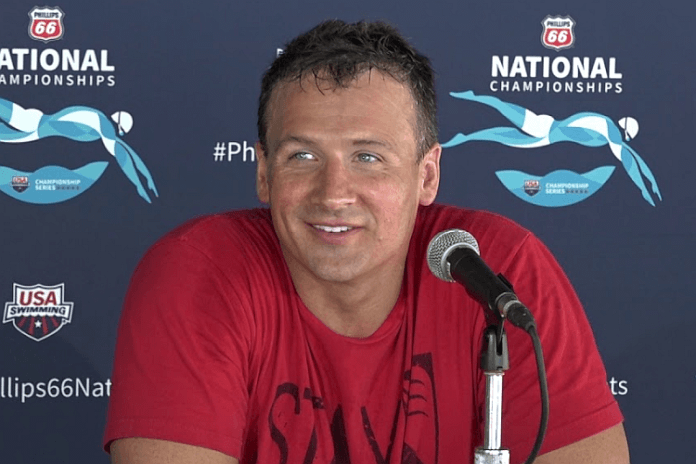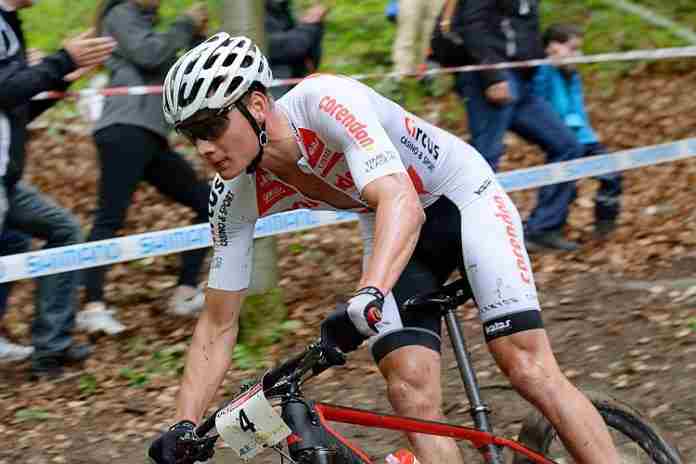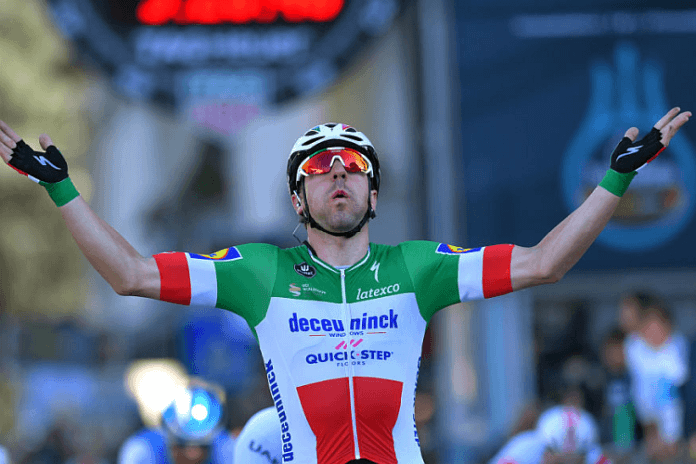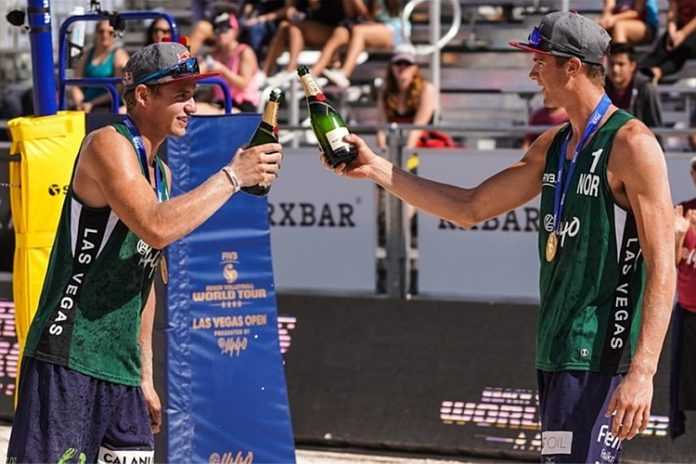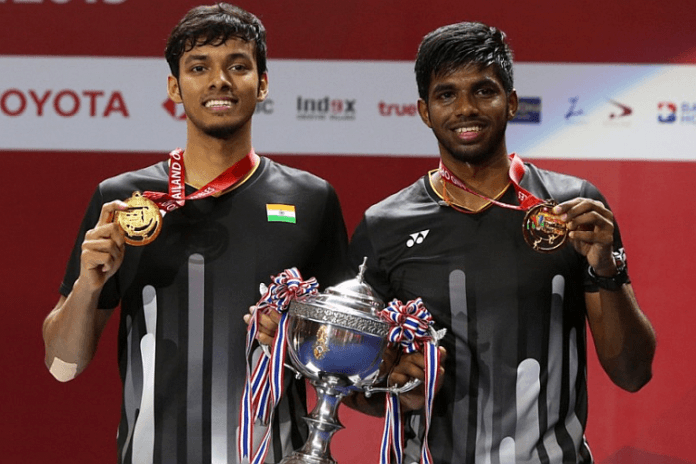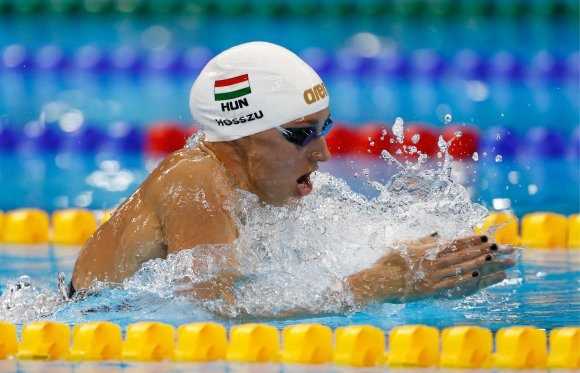“This was a lot easier 10 years ago.”
No doubt, but it was a remarkable scene at Stanford’s Avery Aquatics Center to see a 35-year-old Ryan Lochte taking the winner’s interview after his victory in the 200 m Medley, especially in a meet which had seen younger swimmers emerge as stars in advance of the Olympic year of 2020.
Lochte hadn’t done much in his other events during the USA Swimming National Championships, but he is still the world-record holder in this event and was the fastest qualifier in the morning at 1:58.77. He was only sixth off the first leg, but charged on the backstroke and took the lead, then increased it on breaststroke and free leg, winning in 1:57.76. That’s a long way from his 1:54.00 world record set back in 2011, but it ranks no. 11 in the world for 2019 and fourth among Americans.
“I’m really happy to go out there and get a win, but there is a long way to go for 2020,” he said afterwards. But at 35, he’s unquestionably a contender: his winning time at Stanford is 0.98 from the bronze-medal swim of Chase Kalisz of the U.S. at the 2019 Worlds.
Back to the youngsters, especially 19-year-old Bobby Finke, who came from behind to score his third win at Stanford, winning the men’s 800 m Free in 7:47.58, no. 11 on the world list for 2019, but the fastest among Americans this season. He beat Zane Grothe, who swam in the heats of the Worlds in Korea, but did not qualify for the final. Finke’s time would have made the Worlds final.
Ryan Held, who won the 100 m Free so impressively in 47.39, led from start to finish in the 50 m Free, touching in 21.87, no. 14 on the 2019 world list but third among Americans behind Caeleb Dressel (21.04) and Michael Andrew (21.62).
Hardly a newcomer, but Madisyn Cox made an important comeback after her doping suspension and then clearance, winning the women’s 200 m Breaststroke and then the 200 m Medley, plus two fifth-place finishes in the 100 m Breast and 400 m Medley. Her 2:10.00 winner in the 200 Medley was a seasonal best and maintained her position as no. 9 on the world list (and no. 2 American) this season.
In the absence of the big U.S. stars like Katie Ledecky or Leah Smith, Ally McHugh, 22, completed a distance triple by winning the 400, 800 and 1,500 m Freestyles.
This was a much more impressive meet than it figured at the start and showcased a rising tide of talent that will make next summer’s Olympic Trials a lot more unpredictable than expected just a week ago. Summaries:
USA Swimming Phillips 66 National Championships
Stanford, California (USA) ~ 31 July-4 August 2019
(Full results here)
Men
50 m Freestyle: 1. Ryan Held, 21.87; 2. tie, Robert Howard and Bowe Becker 22.00; 4. Payton Sorenson, 22.18; 5. David Curtiss, 22.25; 6. Erik Risolvato, 22.32; 7. Gus Borges (BRA), 22.46; 8. Jack Thorpe (GBR), 22.56.
100 m Free: 1. Ryan Held, 47.39; 2. Maxime Rooney, 47.61; 3. Tate Jackson, 47.88; 4. Dean Farris, 48.07; 5. Daniel Krueger, 48.55; 6. Jack Conger, 48.64; 7. Robert Howard, 48.71; 8. Becker, 49.00.
200 m Free: 1. Elijah Winnington (AUS), 1:46.19; 2. Kieran Smith, 1:46.25; 3. Dean Farris, 1:46.45; 4. Rooney, 1:46.78; 5. Patrick Callan, 1:47.36; 6. Trenton Julian, 1:48.03; 7. Mitch D’Arrigo, 1:48.37; 8. Jordan Pothain (FRA), 1:48.98.
400 m Free: 1. Whittington (AUS), 3:47.39; 2. Jake Mitchell, 3:48.09; 3. Bobby Finke, 3:48.17; 4. Eric Knowles, 3:48.34; 5. Julian, 3:49.47; 6. tie, Patrick Callan and Mitch D’Arrigo, 3:50.37; 8. Zach Yeadon, 3:51.16.
800 m Free: 1. Finke, 7:47.58; 2. Zane Grothe, 7:50.47; 3. Michael Brinegar, 7:54.56; 4. Winnington (AUS), 7:55.11; 5. Dant, 7:56.03; 6. Knowles, 7:57.00; 7. Johannes Calloni (ITA), 7:58.76; 8. J. Mitchell, 7:59.15.
1,500 m Free: 1. Finke, 14:51.15; 2. Grothe, 14:56.10; 3. Brinegar, 15:00.82; 4. Arik Katz, 15:05.93; 5. J. Mitchell, 15:11.52; 6. Knowles, 15:13.52; 7. Jack Collins, 15:15.75; 8. Dant, 15:22.06.
100 m Backstroke: 1. Shaine Casas, 52.72; 2. Yohann Ndoye Brouard (FRA), 53.80; 3. Clark Beach, 53.95; 4. Craig McNally (GBR), 54.48; 5. Nicolas Albiero, 54.64; 6. Bryce Mefford, 54.79; 7. Matthew Klotz, 55.00; 8. Wyatt Davis, 55.07.
200 m Back: 1. Austin Katz, 1:55.72; 2. Casas, 1:55.79; 3. Beach, 1:57.14; 4. Mefford, 1:57.39; 5. Zachary Poti, 1:57.40; 6. Carson Foster, 1:58.26; 7. Albiero, 1:59.21; 8. Davis, 1:59.78.
100 m Breaststroke: 1. Devon Nowicki, 59.69; 2. Craig Benson (GBR), 59.79; 3. Reece Whitley, 1:00.05; 4. Theo Bussiere (FRA), 1:00.08; 5. Daniel Cave (AUS), 1:00.30; 6. Samuel Williamson (AUS), 1:00.61; 7. Caspar Corbeau (NED), 1:00.68; 8. Trent Pellini, 1:00.70.
200 m Breast: 1. Whitley, 2:09.69; 2. Daniel Roy, 2:10.01; 3. Joshua Matheny, 2:11.02; 4. Cave (AUS), 2:11.22; 5. Benson (GBR), 2:11.27; 6. Corbeau (NED), 2:11.54; 7. Nicholas Quinn (GBR), 2:11.77; 8. Brandon Fischer, 2:12.15.
100 m Butterfly: 1. M. Rooney, 51.09; 2. Conger, 51.70; 3. Jack Saunderson, 51.76; 4. Held, 52.15; 5. John Shebat, 52.19; 6. Danny Kovac, 52.22; 7. Giles Smith, 52.25; 8. Luca Urlando, 52.31.
200 m Fly: 1. Urlando, 1:54.92; 2. Miles Smachlo, 1:55.94; 3. Albiero, 1:56.05; 4. Trenton Julian, 1:45.09; 5. Bowen Gough (AUS), 1:56.65; 6. Brooks Fail, 1:57.00; 7. Corey Gambardella, 1:57.32; 8. Justin Wright, 1:58.79.
200 m Medley: 1. Ryan Lochte, 1:57.76; 2. Casas, 1:58.83; 3. J, Foster, 1:59.15; 4. John Shebat, 1:59.24; 5. tie, Grant Sanders and Kieran Smith, 2:00.14; 7. Tommy Cope, 2:00.40; 8. Matt Willenbring, 2:00.83.
400 m Medley: 1. Finke, 4:13.15; 2. C. Foster, 4:13.39 (World Junior Record; old, 4:4.00, Sean Grieshop (USA), 2016); 3. Jake Foster, 4:15.03; 4. K. Smith, 4:15.17; 5. Sean Grieshop, 4:15.50; 6. Brodie Williams (GBR), 4:16.63; 7. Grant Sanders, 4:18.28; 8. Mark Szaranek (GBR), 4:18.90.
Women
50 m Freestyle: 1. Erika Brown, 24.71; 2. Gretchen Walsh, 24/85; 3. Anna Santamans (FRA), 24.92; 4. Aly Tetzloff, 24.97; 5. Natalie Hinds, 25.02; 6. Catie DeLoof, 25.11; 7. Maxine Parker, 25.21; 8. Grace Cooper, 25.33.
100 m Free: 1. Abbey Weitzeil, 53.18; 2. tie, Walsh and E. Brown, 54.13; 4. C. DeLoof, 54.28; 5. Hinds, 54.34; 6. Allison Schmitt, 54.81; 7. Linnea Mack, 54.87; 8. Isabel Ivey, 54.97.
200 m Free: 1. Schmitt, 1:56.97; 2. Paige Madden, 1:57.84; 3. Brooke Forde. 1:57.98; 4. Cierra Runge, 1:58.82; 5. Gabby DeLoof, 1:59.03; 6. Claire Tuggle, 1:59.42; 7. Erica Laning, 1:59.67; 8. Emma Atkinson, 1:59.82.
400 m Free: 1. Ally McHugh, 4:07.08; 2. Haley Anderson, 4:07.77; 3. Sierra Schmidt, 4:07.79; 4. Tuggle, 4:07.85; 5. Cierra Runge, 4:07.90; 6. Lauren Pitzer, 4:08.68; 7. Schmitt, 4:08.81; 8. Kensey McMahon, 4:10.62.
800 m Free: 1. McHugh, 8:26.04; 2. . Schmidt, 8:27.13; 3. Ashley Twichell, 8:27.36; 4. Kensey McMahon, 8:28.68; 5. H. Anderson, 8:29.11; 6. Emma Weyant, 8:29.31; 7. Runge, 8:29.87; 8. Chase Travis, 8:32.46.
1,500 m Free: 1. McHugh, 16:05.98; 2. McMahon, 16:09.80; 3. Schmidt, 16:10.12; 4. Hannah Moore, 16:10.92; 5. Amanda Nunan, 16:20.08; 6. Paige McKenna, 16:26.49; 7. Emily Hetzer, 16:28.37; 8. Travis, 16:28.96.
100 m Backstroke: 1. Amy Bilquist, 59.64; 2. Claire Curzan, 1:00.39; 3. Caitlin Brooks, 1:00.46; 4. Erika Brown, 1:00.64; 5. Kylee Alons, 1:00.71; 6. Lucie Nordmann, 1:00.83; 7. Isabel Ivey. 1:00.85; 8. Annabel Crush, 1:00.88.
200 m Backstroke: 1. Asia Seidt, 2:08.90; 2. tie, Emma Seiberlich and Erin Voss, 2:10.86; 4. Atkinson, 2:10.96; 5. Nordmann, 2:11.43; 6. Chloe Hicks, 2:11.93; 7. Abi Wilder, 2:12.02; 8. Natalie Mannion, 2:14.63.
100 m Breaststroke: 1. Breeja Larson, 1:06.78; 2. Kaitlyn Dobler, 1:07.23; 3. Miranda Tucker, 1:07.33; 4. Zoie Hartman, 1:07.37; 5. Madisyn Cox, 1:07.51; 6. Emily Weiss, 1:07.56; 7. Ellie Andrews, 1:08.37; 8. Nikol Popov, 1:08.93.
200 m Breast: 1. M. Cox, 2:23.84; 2. Abby Arens, 2:25.80; 3. Jenna Strauch (AUS), 2:26.05; 4. Tucker, 2:26.50; 5. Gillian Davey, 2:26.80; 6. Anna Keating, 2:26.90; 7. Andrews, 2:29.02; 8. Kate Douglass, 2:29.70.
100 m Butterfly: 1. Kelsi Dahlia, 57.35; 2. Amanda Kendall, 57.51; 3. Aly Tetzloff, 57.70; 4. Torri Huske, 57.80; 5. Claire Curzan, 57.87; 6. Lillie Nordmann, 57.96; 7. Katie Drabot, 58.43; 8. Natalie Hinds, 58.78.
200 m Fly: 1. Regan Smith, 2:07.26; 2. Nordmann, 2:07.43; 3. Dakota Luther, 2:07.76; 4. Olivia Carter, 2:08.22; 5. Megan Kingsley, 2:08.26; 6. Emily Large (GBR), 2:08.39; 7. Drabot, 2:08.56; 8. Taylor Pike, 2:10.68.
200 m Medley: 1. M. Cox, 2:10.00; 2. Vanessa Pearl, 2:12.49; 3. Julia Poole 2:12.53; 4. Emma Barksdale, 2:13.06; 5. Evie Pfeifer, 2:13.17; 6. Hannah Miley (GBR), 2:14.07; 7. Calypso Sheridan, 2:14.55; 8. Justina Kozan, 2:17.25.
400 m Medley: Emma Weyant, 4:35.37; 2. Brooke Forde, 4:36.06; 3. McHugh, 4:38.65; 4. Miley (GBR), 4:39.00; 5. Cox, 4:29.26; 6. Emma Barksdale, 4:41.49; 7. Kelly Fertel, 4:41.53; 8. Kate Moore, 4:42.23.


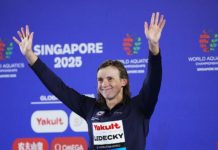


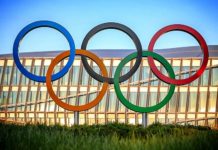
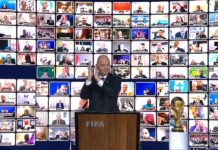






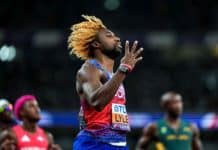

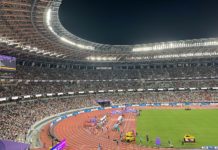
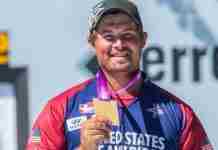



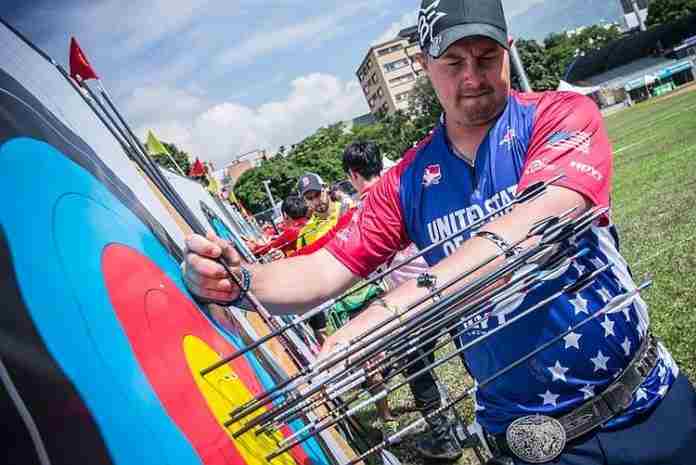
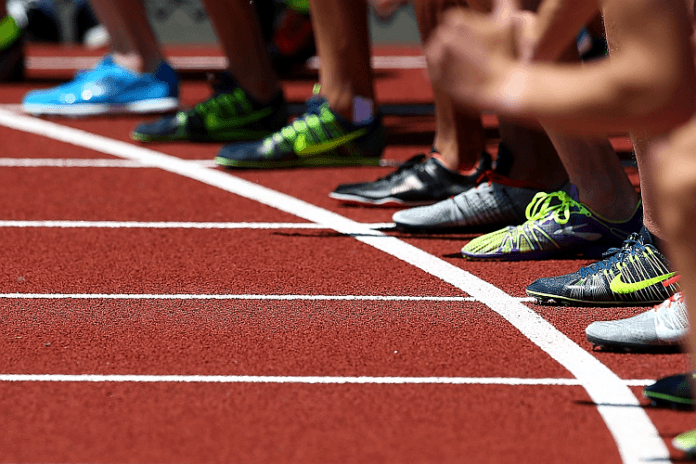


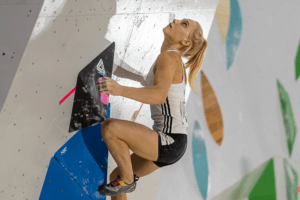
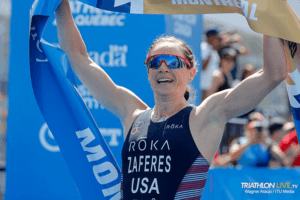

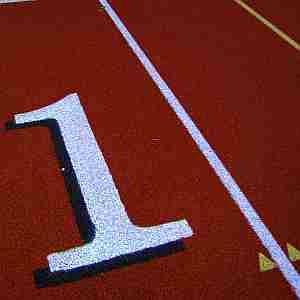 The recent USA Track & Field Championships in Des Moines, Iowa, were not only the selection meet for the United States team for the upcoming IAAF World Championships in Qatar, but also a showroom for the major shoe and apparel companies that sponsor the athletes.
The recent USA Track & Field Championships in Des Moines, Iowa, were not only the selection meet for the United States team for the upcoming IAAF World Championships in Qatar, but also a showroom for the major shoe and apparel companies that sponsor the athletes.